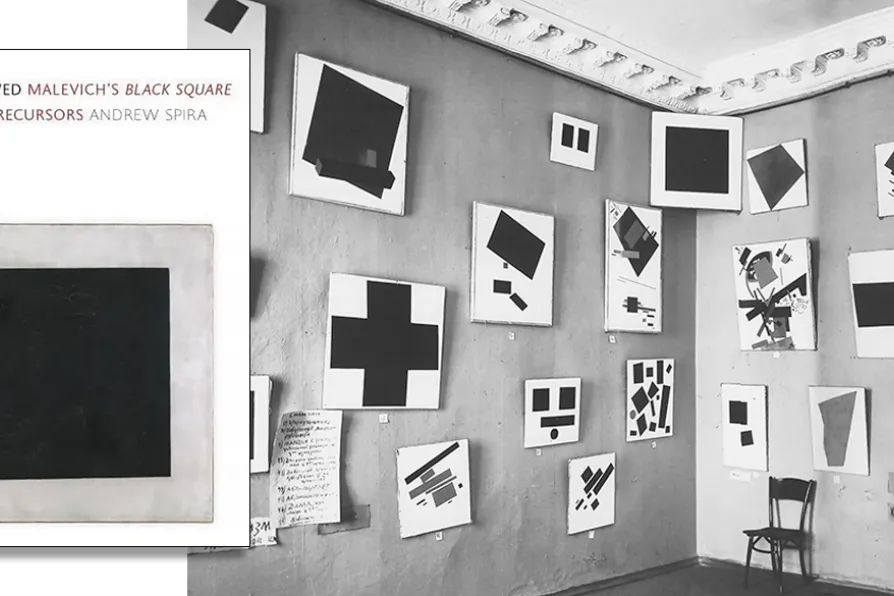GEOFF BOTTOMS appreciates the local touch brought to a production of Dickens’s perennial classic

 A section of Suprematist works by Malevich exhibited at the 0,10 Exhibition, Petrograd, 1915
[Public Domain]
A section of Suprematist works by Malevich exhibited at the 0,10 Exhibition, Petrograd, 1915
[Public Domain]
Foreshadowed: Malevich’s Black Square and its precursors
by Andrew Spira
Reaktion Books £16.95
ANDREW SPIRA must be an inspiring art history lecturer. His book on Malevich unfolds as much as a visual argument as a verbal one and is recounted in one breath, as it were, without chapters or headings.
And you feel the canny strategies of a scholar playing to an audience of students.
He opens by asserting that Black Square, 1915, changed art and introduced monochrome painting as a genre that remains “an avant-garde right of passage.” Yet his argument will show the opposite — many images that came before and employ black squares from 17th-century Ethiopian Christian miniatures, to optical experiments, comic novels, cartoons, acts of censorship and the original anarchist flag.

KEVIN DONNELLY accepts the invitation to think speculatively in contemplation of representations of people of African descent in our cultural heritage

LOUISE BOURDUA introduces the emotional and narrative religious art of 14th-century Siena that broke with Byzantine formalism and laid the foundations for the Renaissance












